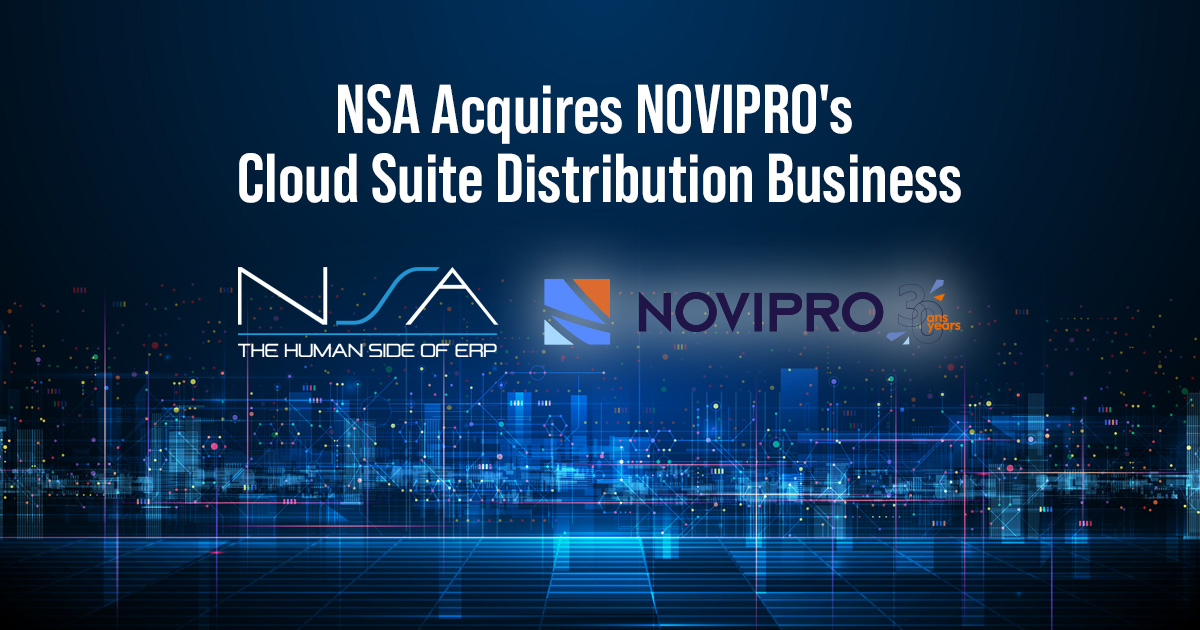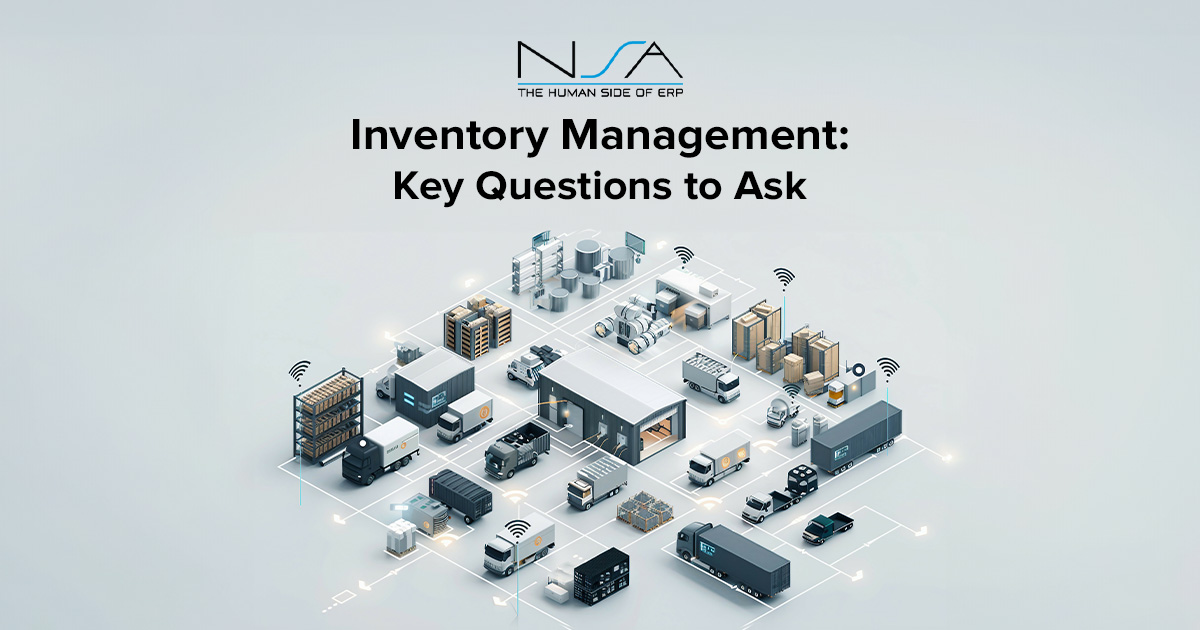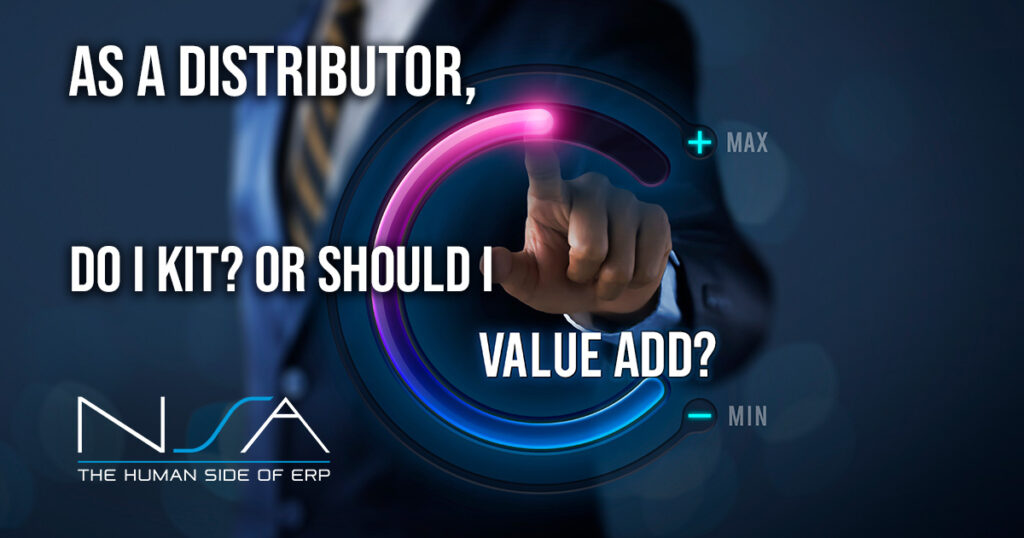As a distributor, you may be faced with the question “Do I Kit or should I Value Add?” In this blog post, we explore two options for packing and pricing products. And, to help you best understand what is involved with each, we use an example that will resonate with many people.
Do you have children? Maybe you are involved in a child’s life enough to have participated in the building of some of their bigger toys. Either way, we have experienced looking into a box, seeing lots of parts, and magically a few hours (or days) later, we have something!
Let’s focus on the box for a moment. Let’s say this box contains all of the components necessary to build a trampoline. This box of components is a kit and was sold to you as the product “TRAMPOLINE” at a set price. You, the consumer, have no idea the cost of the poles, netting, and other components.
Build on Demand kits display availability in order entry based on the availability of the components assigned, meaning if all components are available, the kit is available. If one of the components is out of stock, and not set as backorder acceptable, the kit is out of stock. Kit components are not reserved for the kit until “Product A” is added to an order. This means that the components can be sold individually, and bins located separately. Build on Demand kit pricing can be determined and rolled up based on the components’ costs and prices, or you can set the Build on Demand kit pricing separately from the components.
Prebuilt kits are built through a work order process, separate from the order entry process. They are then added to inventory as a single product once the work order process is complete. The components are consumed through the work order process. Prebuilt kit pricing is established by rolling up the prices of the components or established manually. The cost of the prebuilt kit is calculated through the work order process.
Add to both kit types, you can offer optional products or substitutions. Need to add a labor product to represent a flat rate? Completely ok!
Taking what you’ve learned about kits above, let’s take it up a notch: Value Add
Let’s take the components, combine them with a sequence of steps, and record the labor costs associated, then call it a Value Add order. For example, building a Go-Kart. You may order the motor from Vendor A, the frame from Vendor B, the tires from Vendor C, etc. Imagine you putting the go-kart together whilst using an external vendor to paint the frame. You have the components, you want to estimate the cost of labor, and you need work orders to print in sequential order for your team to be able to process the request. Your team records the actual time it took to complete their step/sequence and has this reflected in the true cost of the
finished product, and one of your steps is to send the frame out to Vendor E to have it painted and then returned to you. All of this can be accomplished with Value Add orders. What does the customer see? They purchase the Finished Good product number. They do not see all the steps it took to get there.
With all of the options, what will you choose?
NSA’s Kira England provided this excellent example of what it means to Kit or Value Add, and which one you choose is often determined by the product. Need more information about this topic? We’re available to field your questions. Contact us today!



